India and the missed opportunity of HCQ
The coronavirus pandemic has had rapidly shifting and often contested storylines on infectiousness, lethality, transmissibility, and the effectiveness of various forms of preventive practices and therapeutic interventions. President Trump’s quick in-and-out ‘experimental’ and apparently successful treatment in hospital seems to have put the cat among the pigeons. A second problem is the desperate search for increased readership by financially struggling mainstream media, competing with social media and internet search engines by ‘printing hyperbolic and misleading headlines in search of clicks and eyeballs,’ as Adam Creighton noted.
A third problem is the intense pressure to be ahead of the curve on the science, leading to less rigorous checks before publication by peer-reviewed journals and to preprint studies being uploaded. The most sensational example was an article on 14 April very damning of hydroxychloroquine (HCQ) in the highly respected Lancet that had to be withdrawn when serious doubts were raised about its data. The article had halted clinical trials of the drug. The influential New England Journal of Medicine withdrew another paper from the same authors.
Instead of scientific consensus, there’s considerable uncertainty and vigorous debate with many aspects of the pharmaceutical and non-pharmaceutical interventions, including: should HCQ, commonly used against malaria, be prescribed to treat Covid-19?
The debate has special resonance for India which manufactures 70 per cent of the world’s supply of HCQ with a monthly production capacity of 40 tonnes to make 200 million tablets of 200mg each. After it emerged that HCQ could be a viable solution for coronavirus but China would not be able to supply ingredients for the drug, it looked like there could be a shortage of it in India. This resulted in the government banning the export of the drug on 22 March.
When other countries sent urgent calls for help, however, PM Narendra Modi personally insisted that India help out other countries rather than imposing a blanket export ban. He did so after first ensuring there would be no deficiency for domestic demand owing to enough buffer stock in India. ‘This is an important moment where India can save lives and we cannot let it go,’ the PM said, according to people present at the discussion.
On 4 April, Trump disclosed he talked to Modi about lifting the ban on orders the US had placed before the ban and Modi promised to honour those orders. Although some voiced suspicion that Modi buckled under the threat of retaliation from Trump, veteran journalist Shekhar Gupta parsed the chronology to show that the decision had been made, and communicated to and reported in the Indian media, before Trump issued the threat. An account in the Times of India too confirmed that Modi’s decision to reverse the export ban was made before Trump’s request-cum-threat. Trump described Modi’s generous response allowing the export of HCQ as ‘terrific’, saying India’s help in the extraordinary times ‘will not be forgotten’.
In mid-April, Trump praised HCQ as a potential ‘game changer’ against coronavirus. His impact on opponents is such that had he condemned HCQ, it might have won more adherents. Instead the FDA banned it in mid-June for treating coronavirus, saying there was no evidence it was effective and it could be harmful. HCQ is currently prohibited in many countries but also prescribed in several, including France, India and Switzerland.
According to Harvey Risch, professor of epidemiology at Yale University, HCQ is effective if given early in the infection stage to outpatients rather than later for in-patient treatment, and in combination with azithromycin (AZT) and zinc. US virologist Steven Hatfill cites 53 studies that show positive results of HCQ use and 14 that show neutral or negative results – but 10 of those were of patients in very late stages of the disease. In an open letter on 10 September, some 1,700 Belgian doctors and health professionals wrote that if applied rapidly, the therapy of HCQ, AZT and zinc ‘leads to recovery and often prevents hospitalisation.’ This ‘effective therapy has been confirmed by the clinical experience of colleagues in the field with impressive results’ which ‘contrasts sharply with the theoretical criticism’ directed at it.
On 30 September a preprint of a new study reported the results of five randomised control clinical trials involving 5,577 patients – the gold standard of scientific research. The use of HCQ in outpatients reduced Covid-19 infection, hospitalisation and death by 24 per cent, with no serious adverse effects. Meanwhile Australian scientists are continuing with research to study the efficacy of HCQ as a prophylactic against people being infected by coronavirus.
As countries prepare to end overdependence on China for critical medical supplies, the post-corona world will offer India an unexpected, longer-horizon opportunity to play a larger role in revamped global supply chains, expand its manufacturing base and become the pharmacy to the world. Had India not neglected its scientific research capacity at the frontier of medical and pharmaceutical research, it could have been world leader in proving the effectiveness of HCQ as a safe, reliable drug.
Instead India essentially continues to be a norm-taker in standard-setting on pharmaceutical innovation. It’s an indictment of successive governments for over seven decades that India’s research institutions and scientific publications remain so inhospitable to and unwelcoming of fostering indigenous intellectual capital, that many Indians must still travel, settle in and work abroad to achieve international eminence in scientific professions before being idolised back home. The Modi government should give priority to creating medical research institutions and journals among the top twenty in the world as ranked by leading agencies, within a realistic timeframe. The HCQ example is a rare but clear demonstration of the benefits that could accrue to the Indian economy, India’s global prestige, and the world’s people.
Got something to add? Join the discussion and comment below.
Get 10 issues for just $10
Subscribe to The Spectator Australia today for the next 10 magazine issues, plus full online access, for just $10.
You might disagree with half of it, but you’ll enjoy reading all of it. Try your first month for free, then just $2 a week for the remainder of your first year.

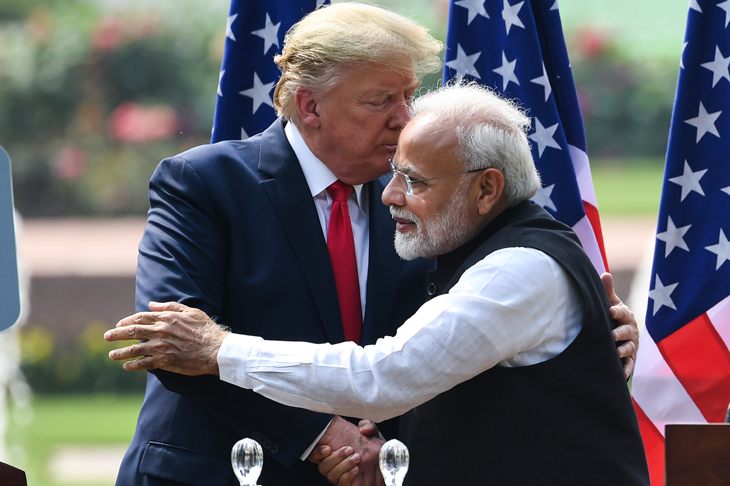
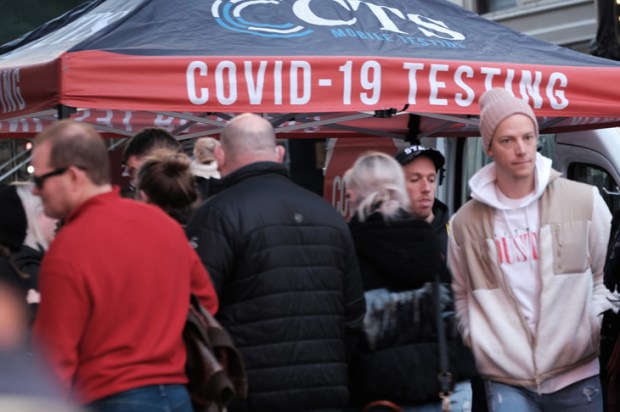
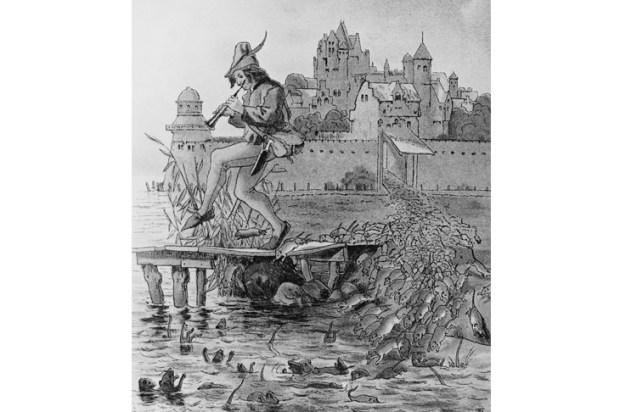
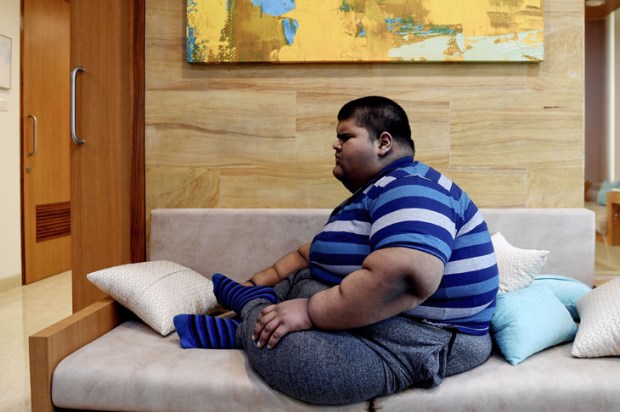
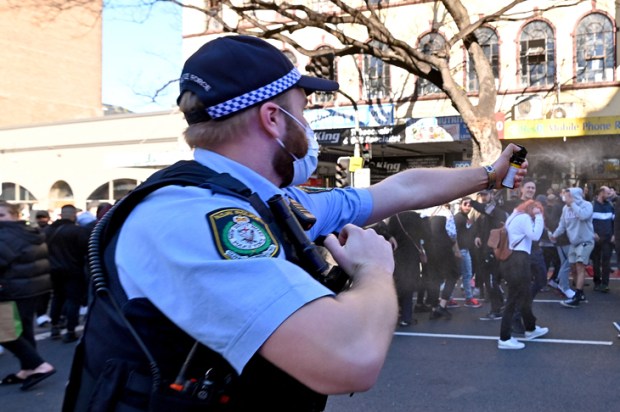
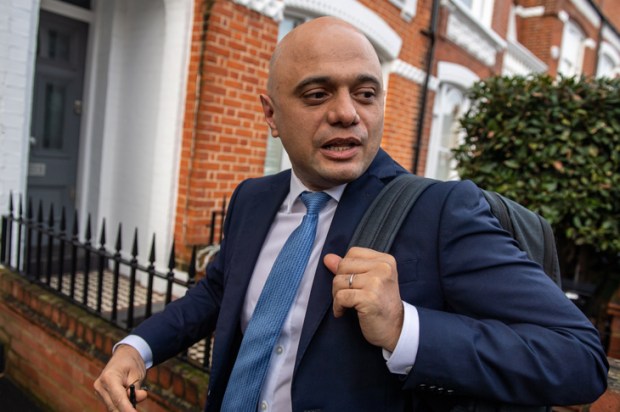
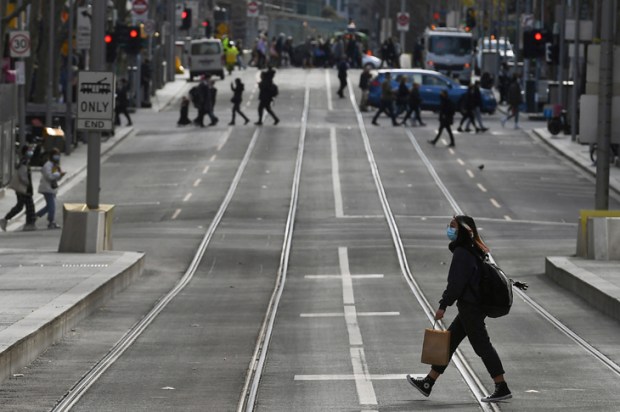






Comments
Don't miss out
Join the conversation with other Spectator Australia readers. Subscribe to leave a comment.
SUBSCRIBEAlready a subscriber? Log in